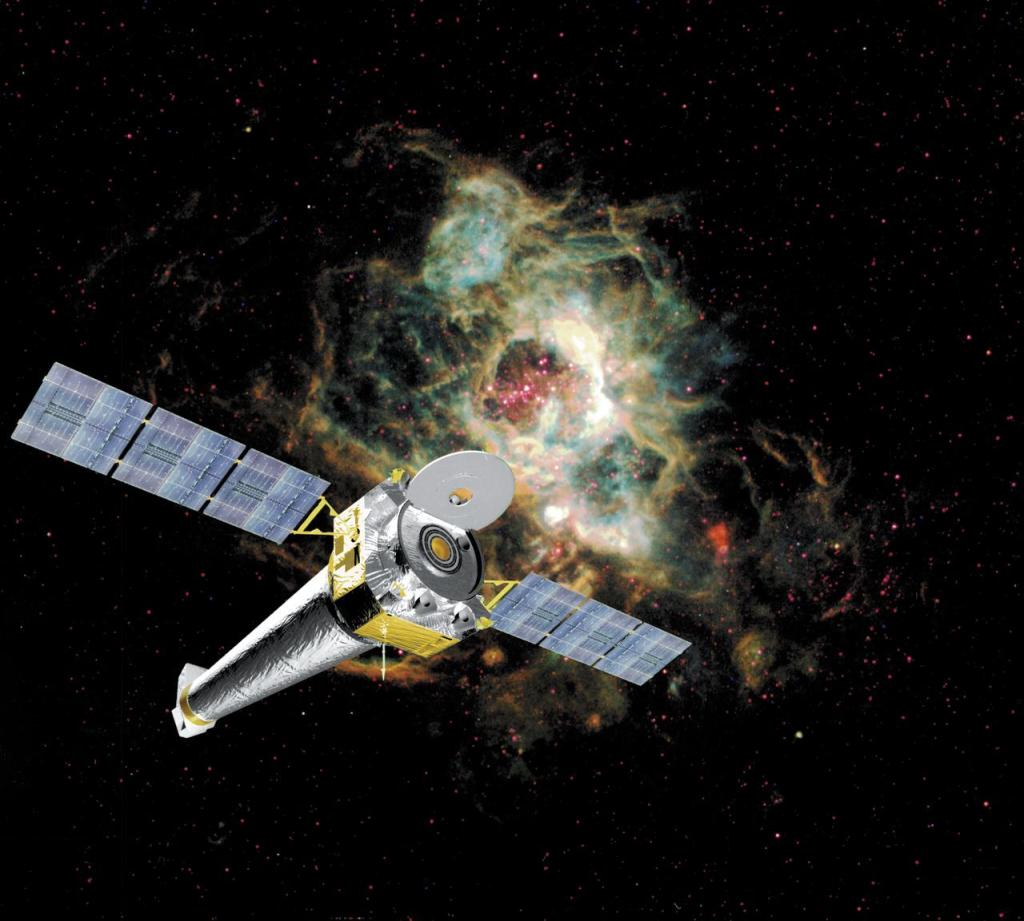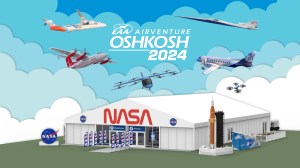In the research and development world, ideas are like schoolchildren. All new technologies must pass through a number of grades before they are declared ready for graduation.
At NASA, as in the rest of the research community, these grades are called technology readiness levels, or TRLs. Each TRL represents the evolution of an idea from a thought, perhaps written on a cocktail napkin or the back of an envelope, to the full deployment of a product in the marketplace.
“NASA acknowledges the system as a useful, commonly understood method for explaining to collaborators and stakeholders just how mature a particular technology is,” said Tony Strazisar, senior technologist for NASA’s Aeronautics Research Mission Directorate in Washington.
In fact, NASA invented the system.
A NASA researcher, Stan Sadin, conceived the first scale in 1974. It had seven levels which were not formally defined until 1989. In the 1990s NASA adopted a scale with nine levels which gained widespread acceptance across industry and remains in use today.
Industry and other government organizations, such as the U.S. Air Force, have tailored definitions for certain TRLs to suit their own needs, but their overall scales match NASA’s traditional scale very closely, Strazisar said.
Today’s scale runs from TRL 1 through TRL 9.
The lowest level, TRL 1, indicates that information already learned from basic scientific research is taking its first step from an idea to a practical application of a lesson learned. For example, after learning that hydrogen and oxygen can be combined to generate electricity, some would suggest an idea for building a machine to do just that.
A technology that has achieved TRL 9 is one that has been incorporated fully into a larger system. It has been proven to work smoothly and is considered operational. An example of an operational TRL 9 technology are the fuel cells which combine hydrogen and oxygen to generate electricity for NASA’s space shuttle.
In this example, if an engineer were to suggest a major improvement to the fuel cell technology, the new idea would be considered to be at TRL 1. It would make its way through the development process, while the original fuel cell design remained at TRL 9.
The distance between TRL 1 and TRL 9 often amounts to years of paper studies, prototype modeling, component building and testing, integration of tested components into other systems, and more tests in the laboratory and the real world.
A jet engine noise reduction device called a chevron, now in use on commercial airliners, is a good example of a NASA-developed technology that climbed the TRL scale to success, said Fay Collier, manager of NASA’s Environmentally Responsible Aviation Project.
Chevrons are the saw-tooth pattern that can be seen on the trailing edges of some jet engine nozzles. As hot air from the engine core mixes with cooler air blowing through the engine fan, the jagged edges serve to smooth the mixing, which reduces turbulence that creates noise.
The new Boeing 787 is among the most modern jets relying on chevrons to reduce engine noise levels, sporting chevrons on the nacelles, or fan housings. The Boeing 747-8 has chevrons on both the nacelles and inner core engine nozzles.
“From basic concept to use on commercial aircraft, chevrons went through an almost meteoric rise through the TRLs in a space of just about seven years,” Collier said. “We had a bunch of smart NASA people pushing hard, and that gave us the momentum necessary to carry the technology all the way.”
Use of TRLs will remain important at NASA, especially as the agency’s new Integrated Systems Research Program evolves. The program provides an opportunity for projects to move up the TRL scale from fundamental research to systems research.
There is no firm rule about the TRL at which NASA-led aeronautics technology should graduate from fundamental research to systems research, but Strazisar said it generally happens at TRL 3 or TRL 4.
At this range on the scale, a technology has moved beyond studies on paper and its components are undergoing active research and development. It is ready to be integrated into a larger system for further testing in increasingly realistic environments.
It is generally thought that NASA works on a new idea up through TRL 6, then turns it over to industry because higher TRLs are associated with technology commercialization and certification. But Strazisar said that view is not entirely accurate.
“In truth, we transfer knowledge at all technology readiness levels,” he said. “This especially occurs when we work with industry and academia on collaborative projects. In those cases, NASA works with others as equal partners and information flows organically throughout the technology development life cycle.”



































